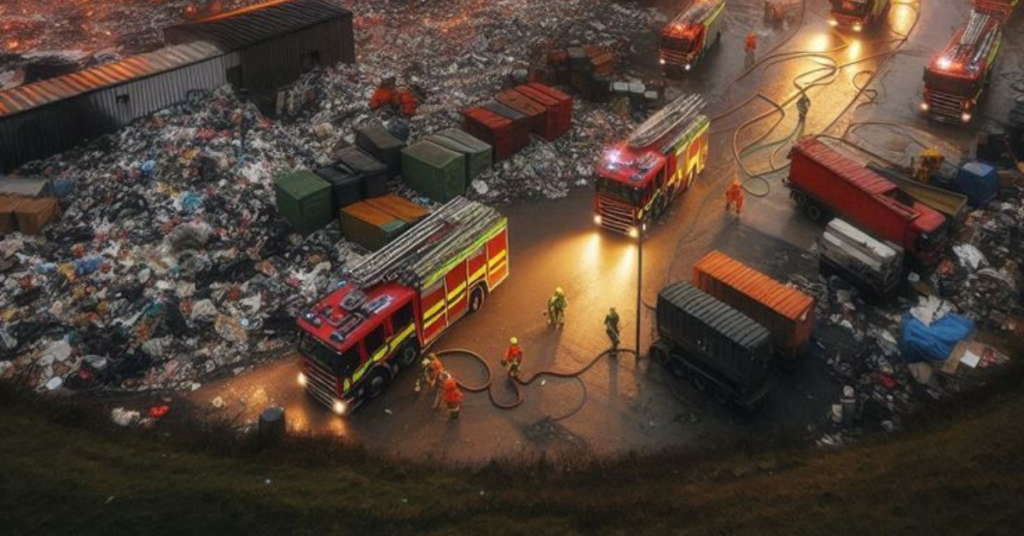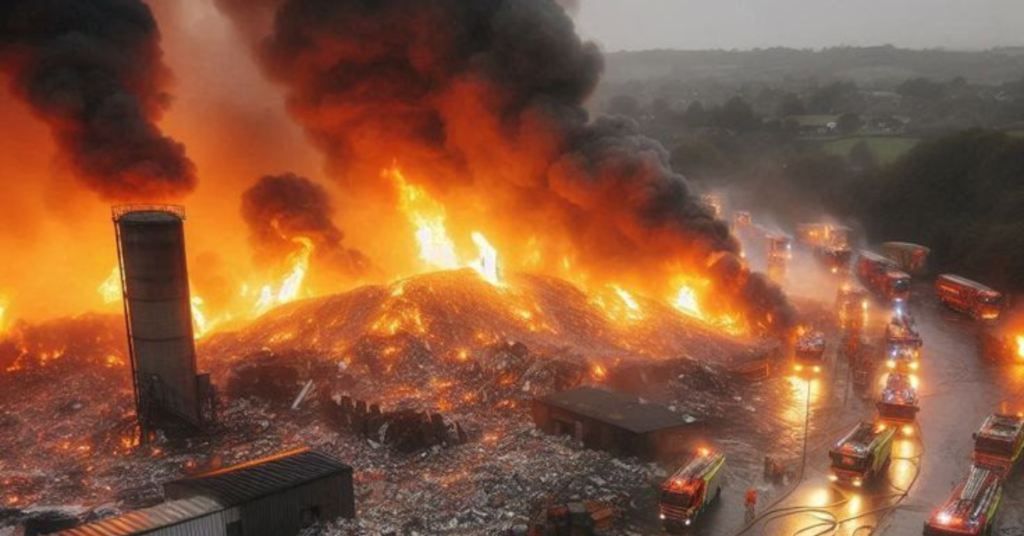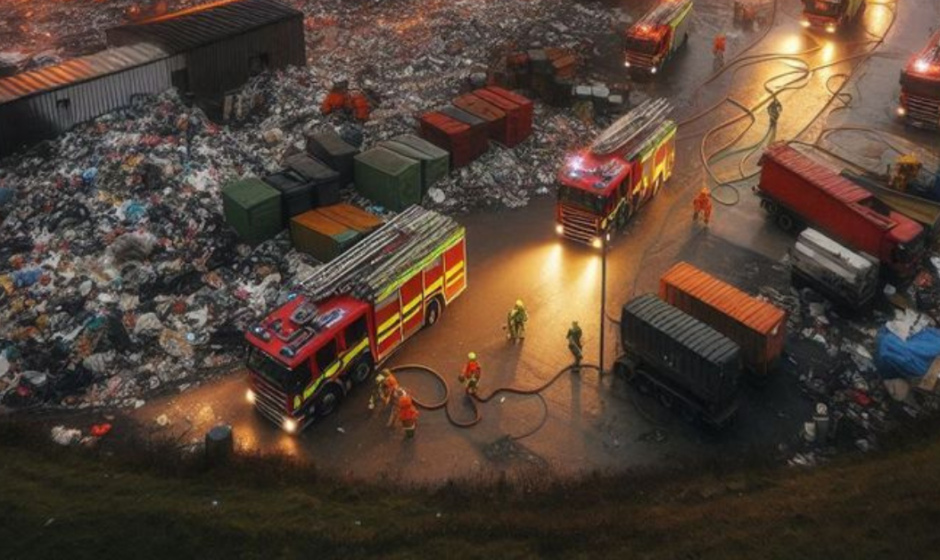Los Angeles has long been a city of contrasts, where glamour and hardship exist side by side. However, the recent wave of wildfires across affluent neighborhoods like Malibu and Pacific Palisades has once again highlighted the stark economic disparities that define the region. The Los Angeles wildfire inequality is evident as some residents scrambled to evacuate, while others relied on private firefighters. This further underscores how financial privilege determines who stays safe and who suffers in times of crisis.
Wildfires and Unequal Protection: Who Gets Saved?
In wildfire-prone California, the Los Angeles Fire Department (LAFD) works tirelessly to combat blazes under extreme conditions. Yet, limited resources and stretched manpower prevent all areas from receiving equal attention. The latest fires left entire communities vulnerable as dry hydrants and erratic winds slowed efforts to control the flames.
Meanwhile, in upscale neighborhoods, private firefighting crews—hired by insurance companies or directly by homeowners—arrived in marked trucks to protect multi-million-dollar properties. High-end insurers like AIG and Chubb deploy these teams to spray fire-retardant foam and guard luxury estates while surrounding homes burn.

The Cost of Private Fire Protection
Private firefighting services cost anywhere from $3,000 to $25,000 per day. Consequently, they serve as an exclusive safeguard for the ultra-wealthy. Celebrities and business moguls often use these services. For example, during previous California wildfires, high-profile figures like Kim Kardashian and Kanye West secured their estates while neighboring properties burned to the ground.
Lower-income residents cannot afford such protection. In communities like Altadena, where homes were lost to the latest fires, people relied solely on public firefighting efforts. Many even resorted to using buckets and garden hoses in desperation. This stark difference raises difficult questions: Should emergency services be accessible based on wealth? How does this inequality shape the future of disaster response in Los Angeles?
Public vs. Private Firefighting: A Growing Divide
Although private firefighting teams work alongside public fire departments, their presence introduces logistical challenges. They must follow regulations and coordinate operations with local emergency management. Regulations prevent them from using official fire department insignia or emergency lights, yet they still tap into local resources.
Additionally, private crews influence the deployment of public resources. Firefighters prioritize areas based on risk levels. As a result, wealthier communities with larger properties receive immediate attention. This leaves less affluent neighborhoods at greater risk, reinforcing existing inequalities.

Climate Change and the Future of Fire Protection
With climate change intensifying wildfire frequency and severity, Los Angeles faces a critical moment. Given these challenges, a comprehensive and equitable fire response strategy is more urgent than ever. Experts suggest increasing funding for public firefighting resources, expanding early warning systems, and enforcing stricter regulations on private fire protection services to prevent misuse of public infrastructure.
City officials must also address the root causes of vulnerability. For instance, outdated infrastructure, limited water access, and inadequate emergency planning in lower-income communities worsen the situation. Furthermore, implementing fire-resistant building codes and vegetation management programs can provide long-term solutions to mitigate wildfire damage across all socio-economic groups.
Bridging the Gap: A Call for Fairer Fire Response
As wildfires continue to devastate Los Angeles, the Los Angeles wildfire inequality makes it clear that disaster response cannot depend on wealth alone. Private fire services offer protection to those who can afford them, but they also highlight systemic inequalities that leave many residents exposed. Consequently, the challenge moving forward is ensuring that fire preparedness and emergency response serve everyone—not just the privileged few.
Ultimately, the recent blazes serve as a harsh reminder that flames do not discriminate, but society does. If Los Angeles wants to withstand future wildfires, it must prioritize equal access to fire protection and create policies that benefit the entire city, not just its wealthiest enclaves.


